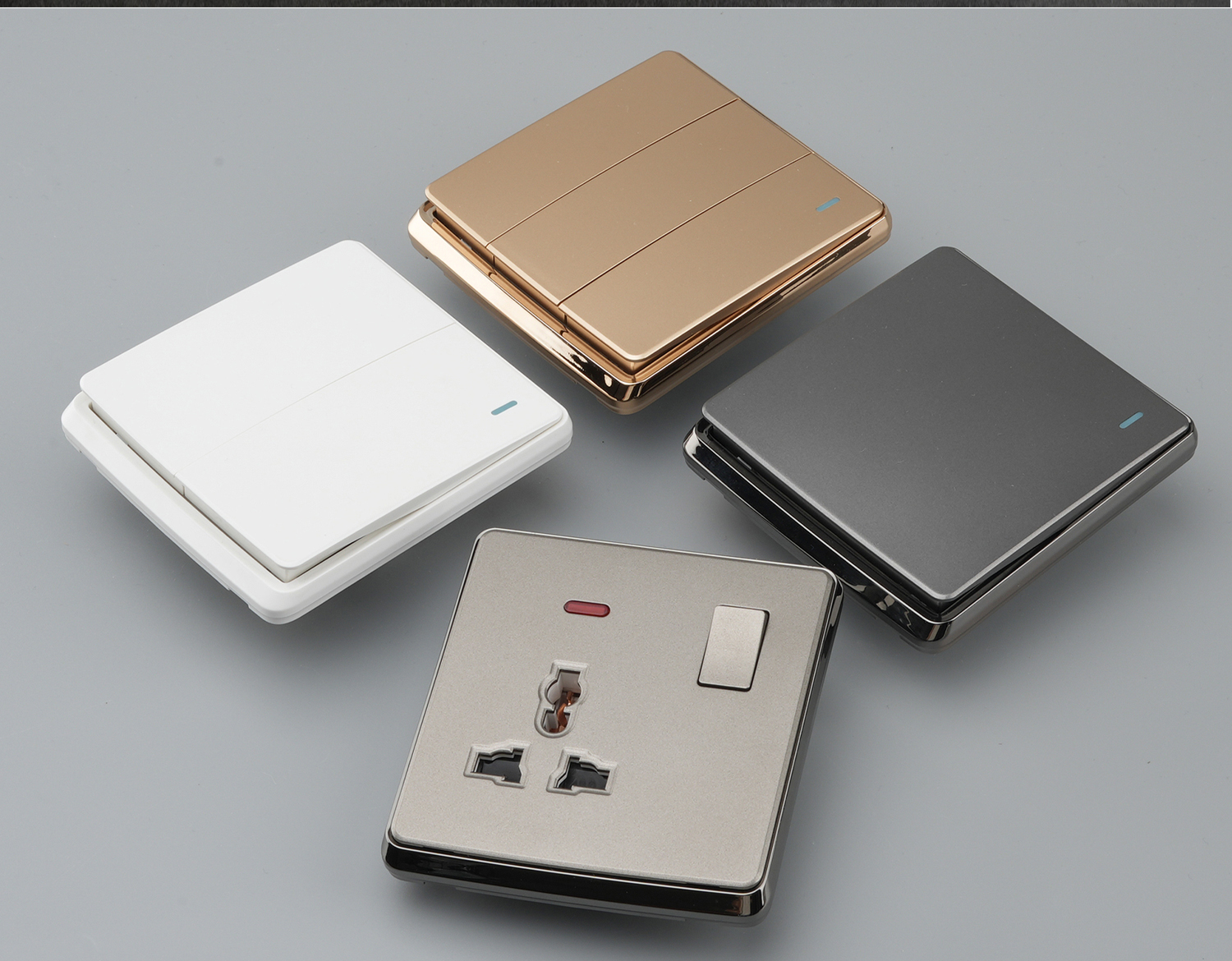Categories
- Blog (315)
Modern manufacturing processes utilize innovative materials and techniques to enhance durability and functionality while offering extensive design flexibility. Integration of smart technologies enables remote operation and energy monitoring, contributing to convenience and efficiency. Manufacturers prioritize quality control and compliance with safety standards to ensure product reliability and consumer safety. With a focus on sustainability and adherence to eco-friendly practices, the industry is poised for continued growth and innovation to meet the evolving needs of consumers in a rapidly changing market.

The Evolution of Switch Socket Manufacturing
In the realm of electrical infrastructure, the manufacturing of switch sockets has witnessed a remarkable evolution, driven by technological advancements and changing consumer demands. From the rudimentary designs of the past to the sophisticated solutions of the present, the manufacturing processes have undergone significant transformations to meet the evolving needs of modern society.
Innovative Materials and Techniques
Modern switch socket manufacturing embraces a diverse range of materials and techniques aimed at enhancing durability, functionality, and aesthetic appeal. Manufacturers employ advanced materials such as high-grade plastics, metals, and composite materials to ensure resilience and longevity. Additionally, cutting-edge techniques such as injection molding and CNC machining enable precise fabrication, resulting in superior quality products.
Customization and Design Flexibility
One of the defining aspects of contemporary switch socket manufacturing is the emphasis on customization and design flexibility. Manufacturers offer a plethora of design options, allowing customers to personalize their switch sockets according to their preferences and interior décor. Whether it’s sleek minimalist designs or ornate embellishments, the possibilities are virtually limitless, catering to diverse aesthetic tastes.
Integration of Smart Technologies
The advent of smart technologies has revolutionized the landscape of switch socket manufacturing. Today, smart switch sockets equipped with IoT capabilities enable remote operation, scheduling, and energy monitoring via smartphone apps or voice assistants. This integration of intelligence and connectivity not only enhances convenience but also contributes to energy efficiency and home automation.
Sustainability and Eco-Friendly Practices
In response to growing environmental concerns, switch socket manufacturers are increasingly adopting sustainable practices and eco-friendly materials. From utilizing recycled plastics to implementing energy-efficient manufacturing processes, the industry is committed to reducing its carbon footprint and promoting environmental stewardship.
Quality Control and Compliance Standards
Ensuring product quality and adherence to safety standards is paramount in switch socket manufacturing. Manufacturers employ rigorous quality control measures throughout the production process, including thorough testing and inspection procedures. Compliance with industry regulations and safety standards is non-negotiable, safeguarding consumers against potential hazards.
Global Market Trends and Future Outlook
The switch socket manufacturing industry is witnessing steady growth fueled by increasing urbanization, infrastructural development, and technological advancements. With the proliferation of smart home technologies and the rise of sustainable practices, the demand for innovative switch socket solutions is expected to surge in the coming years. Manufacturers are poised to capitalize on emerging opportunities and drive further innovation in the quest for safer, smarter, and more sustainable electrical systems.
In conclusion, switch socket manufacturing has evolved into a dynamic and multifaceted industry, characterized by innovation, customization, and sustainability. As technology continues to advance and consumer preferences evolve, manufacturers are poised to meet the demands of a rapidly changing market, driving the industry towards a future defined by efficiency, connectivity, and environmental responsibility.